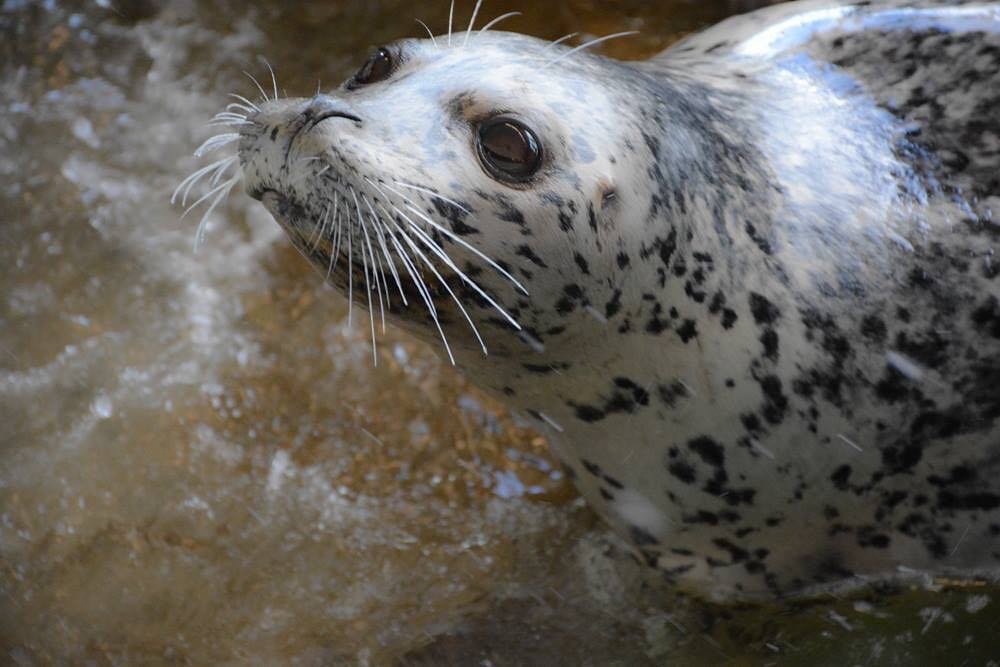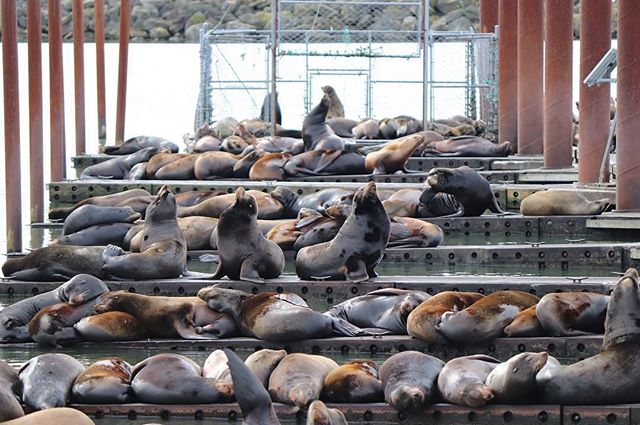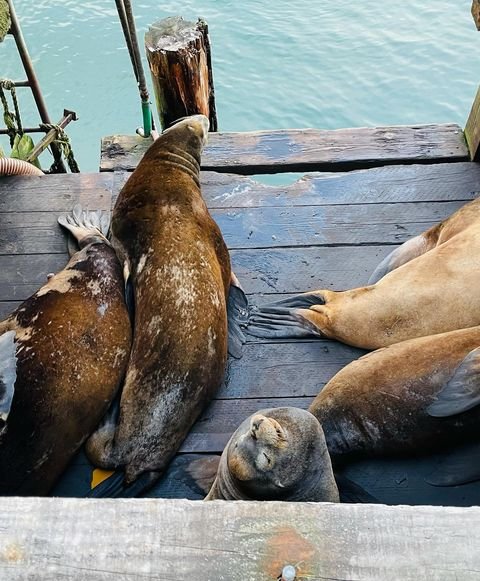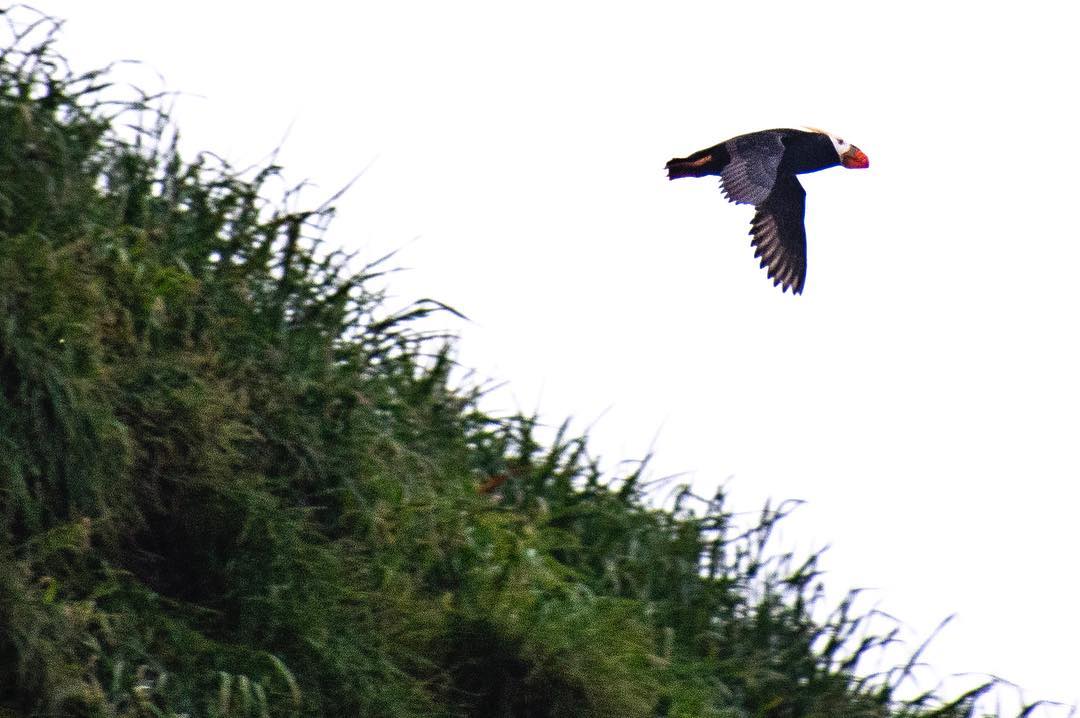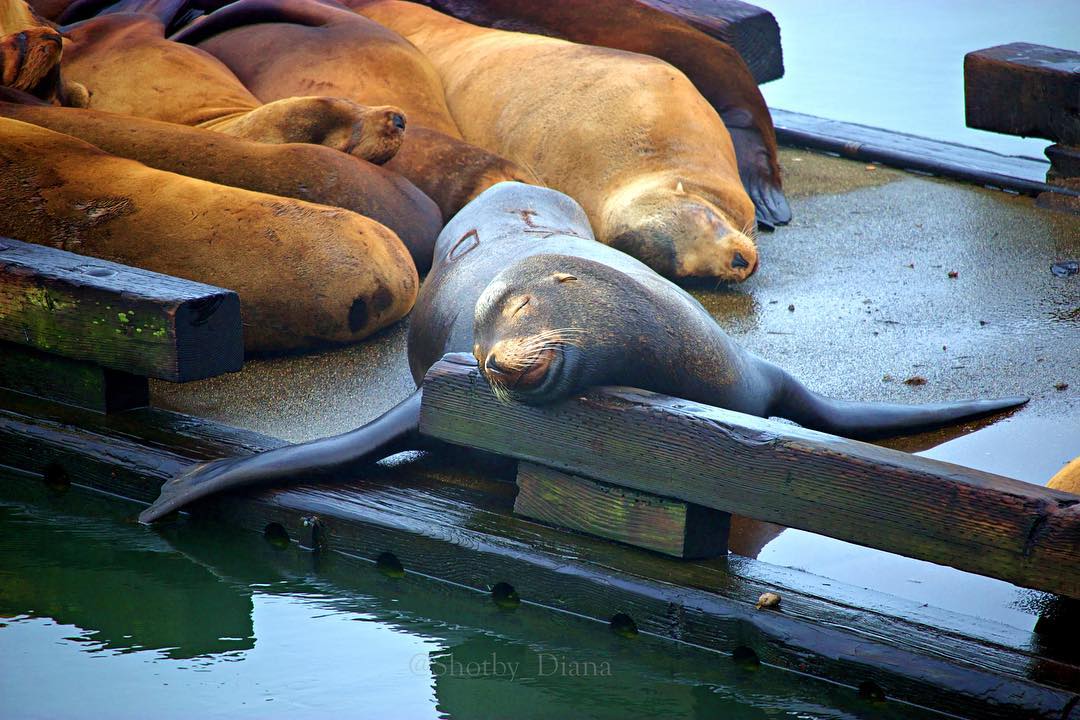
Sea Lions Oregon Coast
Read on for three great locations to spot some of the most popular sea creatures on Oregon’s North Coast.

SEASONAL VISITORS
California sea lions migrate to Oregon in late summer and stay through fall, winter and early spring. Harbor seals are year-round residents.

Tips: Baby Seals
Harbor Seals can be found year-round on the Oregon Coast. They have their adorable pups in the spring, with births peaking in mid-May.
It’s common for baby seals to wait on the beach while their mom feeds. If you spot a solitary baby seal on the beach, it’s patiently waiting for its mother to return.
Remember to stay at least 100 yards away, roughly the distance of a city block, from seals and other marine mammals as you explore the Oregon Coast. Disturbing or harassing marine mammals is not only harmful for the animals, it’s also illegal.
FAQs: Sea Lions Oregon Coast
The Oregon Coast is home to a diverse array of sea creatures. Commonly spotted marine life includes harbor seals, California sea lions, and Steller sea lions. Additionally, gray whales can be seen during their migration periods, while orcas occasionally pass through.
Tide pools along the coast are rich with starfish, anemones, and various crustaceans. The area also supports numerous fish species, such as salmon, halibut, and rockfish, as well as a variety of seabirds including puffins and pelicans.
Sea lions and seals are both pinnipeds but have distinct differences. Sea lions have external ear flaps, large flippers that allow them to “walk” on land, and are generally more vocal. They are often seen basking on docks and beaches.
Seals, on the other hand, lack external ear flaps, have smaller flippers, and move on land by wriggling on their bellies. Seals tend to be quieter and more elusive than sea lions. These differences make it easier to identify each species when observing them in the wild.
Sea lions on the Oregon Coast play a crucial role in the local ecosystem as apex predators. They help maintain the balance of marine life by controlling fish and invertebrate populations. Their presence also supports marine biodiversity, making them an integral part of the coastal environment. Protecting sea lions ensures the health and stability of the broader marine ecosystem.
Wild sea lions exhibit a range of fascinating behaviors. You might see them “porpoising” through the water, a technique where they leap in and out while swimming to conserve energy. On land, sea lions are often observed engaging in social behaviors such as barking, playing, and even body-slamming to establish dominance.
During breeding season, males can be seen defending their territories and harems. Sea lions also haul out on rocks or beaches to rest and thermoregulate, often piling on top of each other in large groups.
When observing sea lions on the Oregon Coast, it’s essential to maintain a respectful distance of at least 50 yards to avoid disturbing them. Use binoculars for a closer look and never attempt to feed or touch the sea lions. Respect their natural habitat by following local guidelines and regulations.

